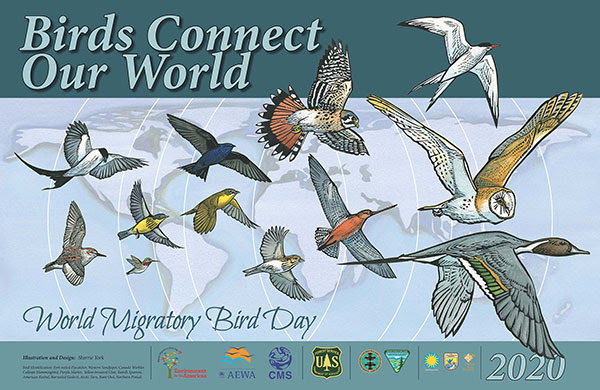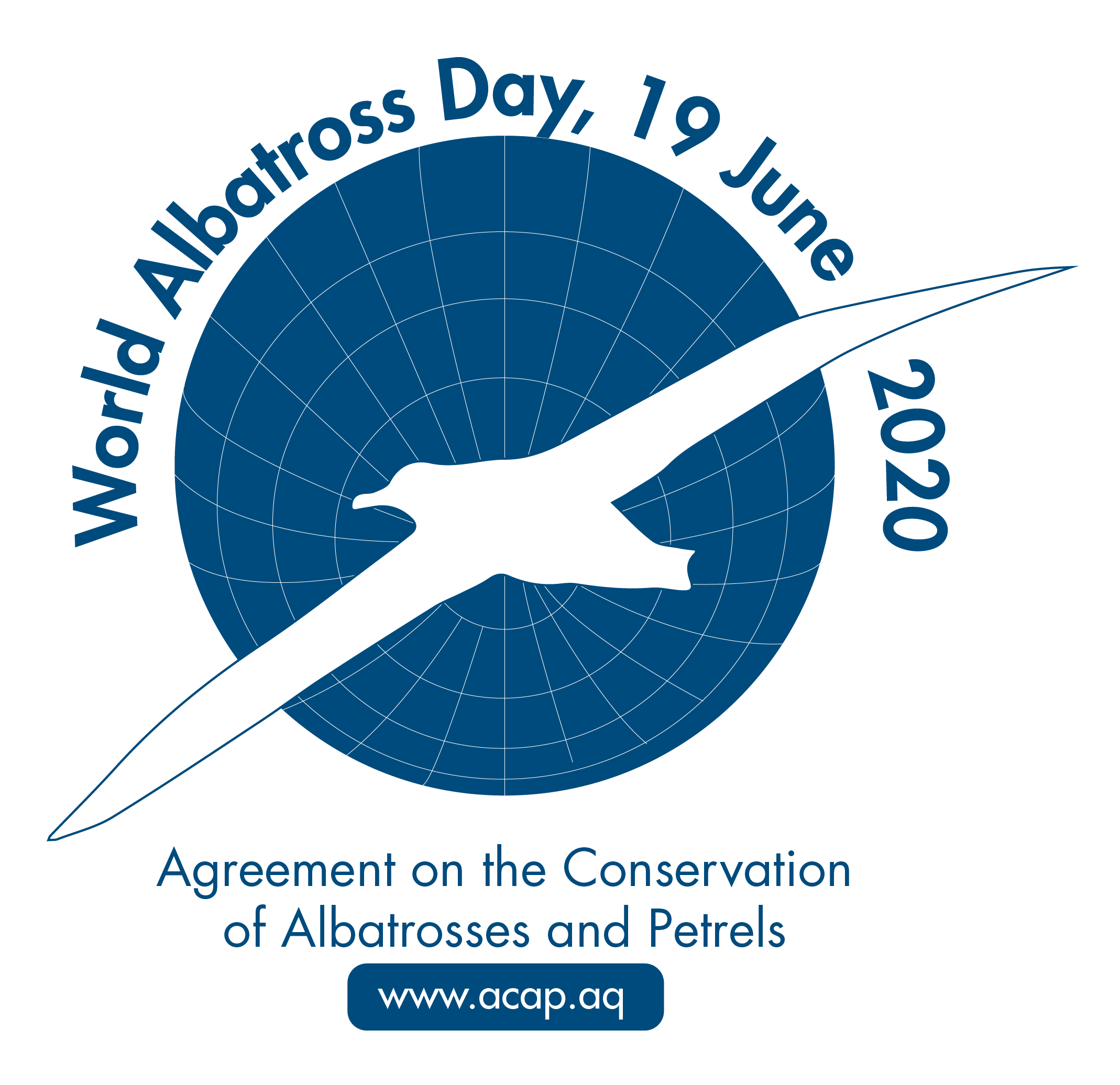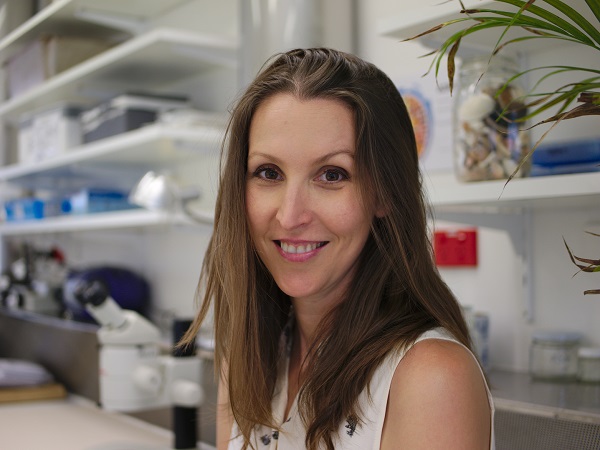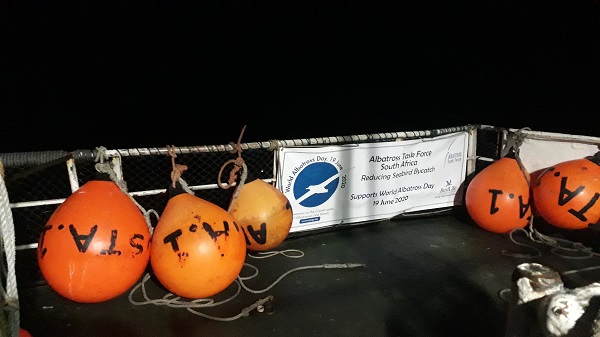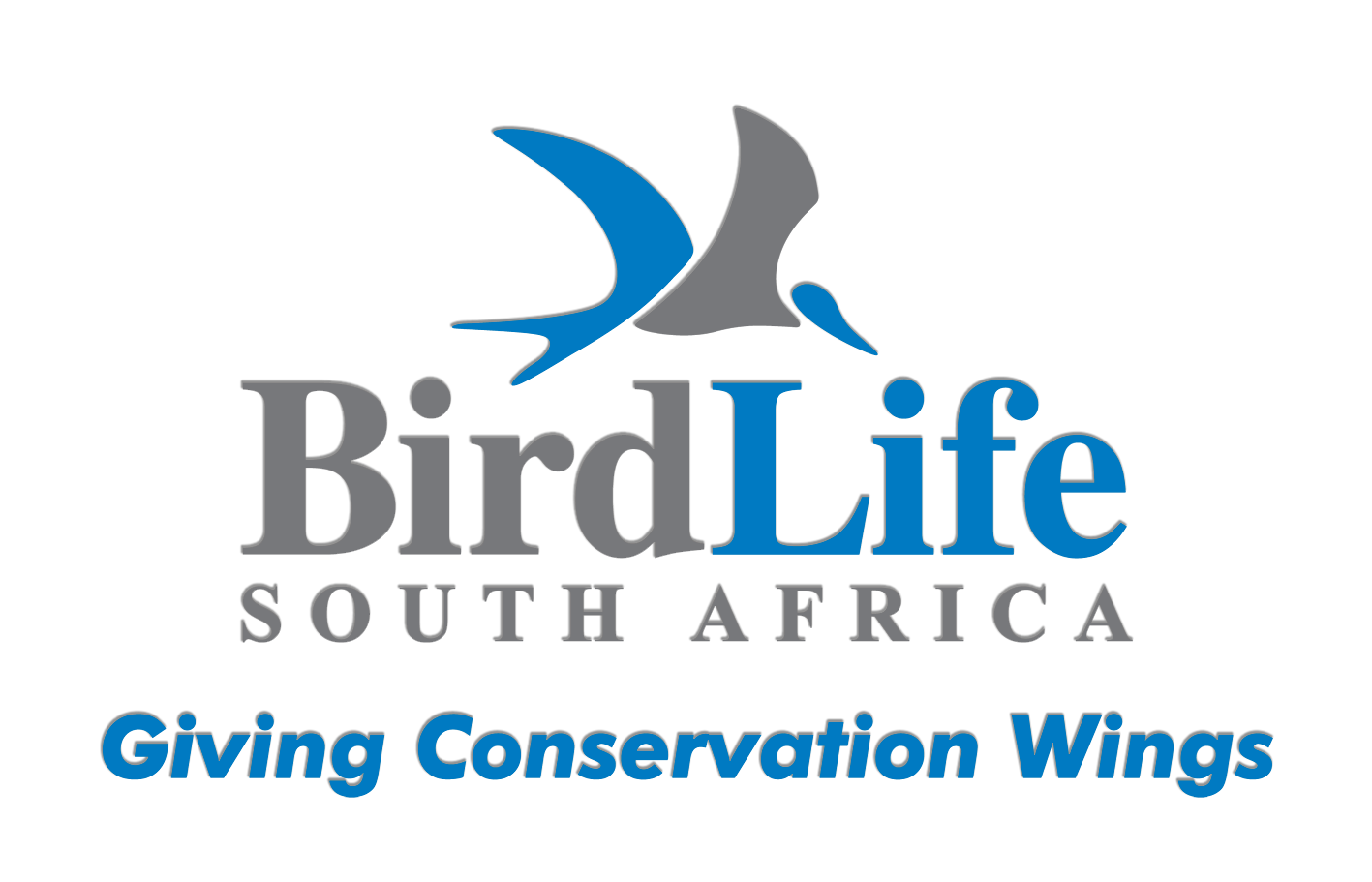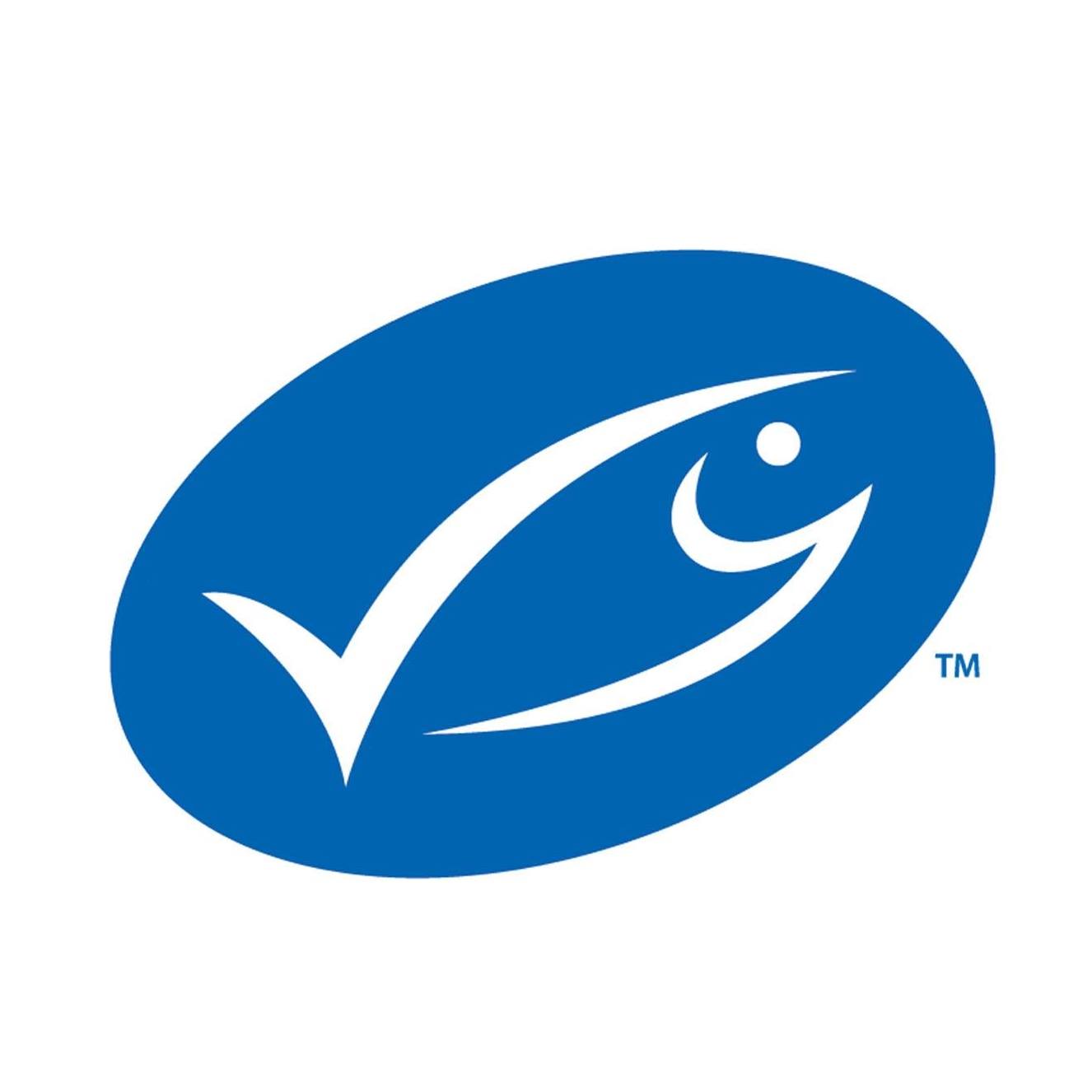Texto en español más abajo

Lockdown! Nahuel Chavez deploys Albatross Task Force – Argentina’s World Albatross Day banner at his home – instead of at sea
Aves Argentinas / Asociación Ornitológica del Plata is the national partner of BirdLife International in Argentina. Founded in 1916 with a staff of 40 people and more than 3000 members, its mission is given as “the conservation of wild birds and their habitats”. Its vision is “to increase awareness about the importance of biodiversity conservation through advocacy, education, publicity and research, with special attention to birds which, as environmental indicators, help to improve our quality of life”. All conservation projects incorporate strong emphasis on relationships with local people.

Argentinian freezer trawler
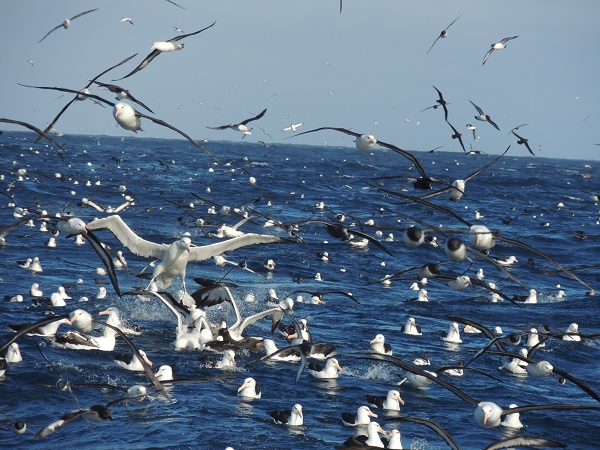
Albatross and petrels approach a fishing vessel in Argentine waters
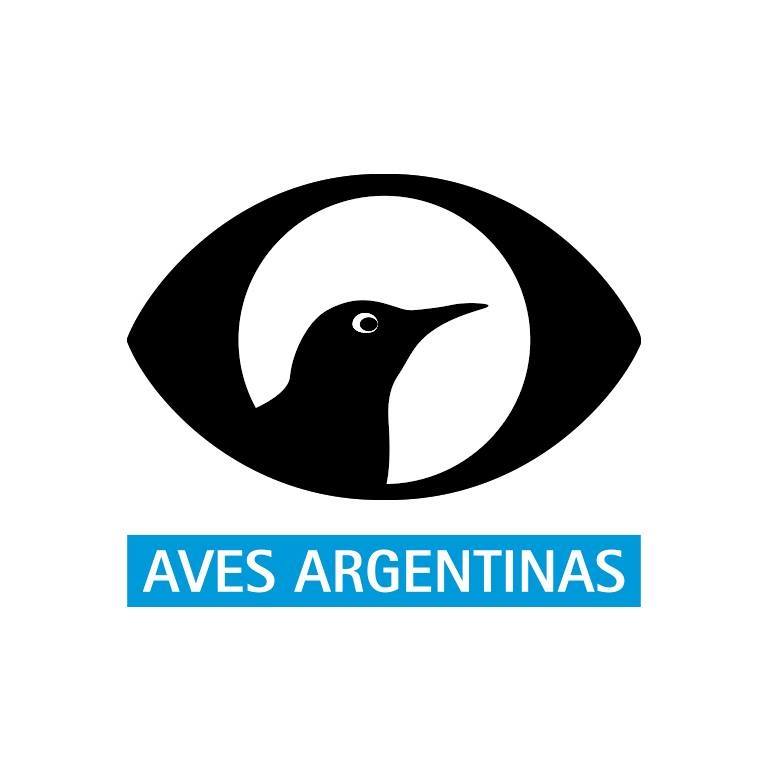
Aves Argentinas hosts one of five national teams of BirdLife International’s Albatross Task Force (ATF-Argentina), with a staff of three people led by Leandro Tamini, who is also the NGO’s Marine Programme Coordinator. Leo has written to ACAP Latest News describing the work he leads conserving albatrosses and petrels and offering the support of Aves Argentinas and his ATF Team for the inaugural World Albatross Day on 19 June.
“From Argentina the Albatross Task Force team joins forces with other Parties to the Agreement on the Conservation of Albatrosses and Petrels, in order to contribute to the conservation of these species, which face a global conservation crisis. We continue to focus on reducing incidental capture of seabirds by Argentinean fisheries, helping to implement mitigation measures such as bird-scaring lines (BSLs) in longline and trawl. The use of BSLs has been mandatory in our country since 2008 in longline fisheries and from 2018 for trawling.
ATF is the first international team of experts dedicated to reducing bycatch to save albatrosses and petrels by working on board vessels and promoting the use of mitigation measures in fisheries. To achieve these goals we continue to work with fishers, fishing companies and government agencies to raise awareness of the importance of conserving these fascinating species.
A few days ago, the ATF Argentina team celebrated its first 12 years of activity without a break. Throughout 2019 we worked in various ways to continue demonstrating the effectiveness of mitigation measures, such as the deployment of BSLs and the Tabla Tamini (Tamini Table, see feature photo above), a device designed to stop BSLs becoming entangled during strong winds (see example in feature photo above). We collaborated so the Argentinian freezer trawler fleet complies with the regulation that established mandatory use of bird-scaring lines. In addition to the on-board working of instructors, we have carried out other tasks, such as periodic visits to ports to deliver BSLs and awareness materials.
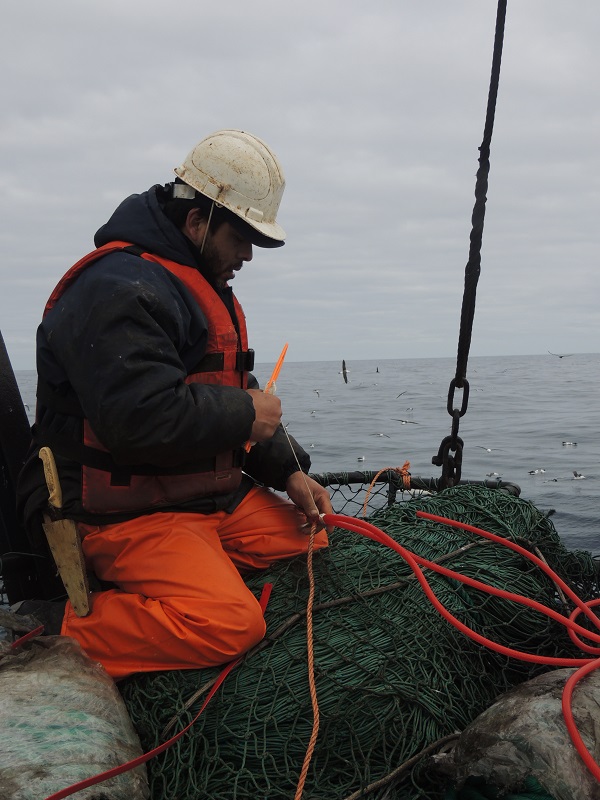
Repairing a bird-scaring line aboard a fishing vessel
We also continue to develop activities aimed at various educational levels, ranging from primary to tertiary and contribute to the training of future captains and officers graduating from the National School of Fisheries.
The whole world is currently being forced to live through the COVID-19 pandemic, a situation that affects the daily lives of millions of people; to this Argentina is no exception, where we have been complying with a mandatory lockdown imposed by the National Government. Due to this situation our usual activities have been affected, because the ships are not operating as normal and classes have not yet started for the year. However, the work of ATF-Argentina is continuing from our homes; we continue to be in permanent contact with the ships and their crews through social networks to pass on updated information on the use of BSLs and to respond to queries or technical difficulties that arise. In addition, we are participating in a cycle of online informative talks organized by Aves Argentinas, in which we have had the opportunity to present our ATF work to the general public, as well as to talk about the life stories of albatrosses and petrels.
ATF-Argentina will continue its work, despite the complex circumstances that we are having to go through. Not being able to take it out to sea, we have deployed our World Albatross Day banner from our homes. Come 19 June we will join others in marking a special day to celebrate these incredible birds and raise awareness among the population about the conservation crisis they are facing, as well as the importance of protecting them. We hope that soon the global health situation will show improvements and more and more people can finally understand that we are just one of the species on our planet and that we must live in balance with all the others.”
With thanks to Ángeles Sebastiano, Comunicación, Aves Argentinas and Nahuel Chavez, ATF-Argentina for the photographs.
Leandro Tamini, Aves Argentinas & Albatross Task Force - Argentina, with John Cooper, ACAP Information Officer, 06 May 2020
Aves Argentinas y su Albatross Task Force trabajan para apoyar el Día Mundial de los Albatros de cara al COVID-19

¡Cuarentena! Nahuel Chavez despliega la bandera del Dia Mundial de los Albatros del Albatross Task Force – Argentina en su casa en lugar de en el mar
Aves Argentinas / Asociación Ornitológica del Plata es el socio nacional de BirdLife International en Argentina. Fundada en 1916, con un plantel de alrededor de 40 personas y más de 3000 socios, tiene como misión la conservación de las aves silvestres y sus hábitats. Su visión es aumentar la conciencia sobre la importancia de la conservación de la biodiversidad a través de la defensa, la educación, la divulgación y la investigación, con especial atención a las aves que, como indicadores ambientales, ayudan a mejorar nuestra calidad de vida. Todos los proyectos de conservación tienen un fuerte énfasis en la relación con la gente local.

Aves Argentinas es la sede de uno de los cinco equipos nacionales del Albatross Task Force de BirdLife International que está formado por tres personas con la coordinación de Leandro Tamini, quien también es el Coordinador del Programa Marino de la institución. Leo ha escrito el ACAP Latest News describiendo el trabajo que lidera, conservando a los albatros y los petreles y ofreciendo el apoyo de Aves Argentinas y su equipo ATF para el primer Día Mundial de los Albatros, el próximo 19 de junio.
Desde Argentina, el Equipo Albatros Task Force se une a las demás Partes del Acuerdo sobre la Conservación de Albatros y Petreles, para contribuir con la conservación de esas especies que enfrentan una crisis de conservación global. Continuamos enfocándonos en reducir la captura incidental de aves marinas por parte de las pesquerías argentinas, ayudando a implementar medidas de mitigación tales como líneas espantapájaros (LEP) en palangre y arrastre. El uso de las LEP es obligatorio en nuestro país desde 2008 en la pesca con palangre y desde 2018 para la pesca de arrastre. 
Buque arrastrero congelador durante las tareas de pesca
ATF es el primer equipo internacional de expertos dedicado a reducir la captura incidental para salvar albatros y petreles trabajando a bordo de buques y promoviendo el uso de medidas de mitigación en la pesca. Para lograr estos objetivos, continuamos trabajando con tripulantes, compañías pesqueras y agencias gubernamentales para crear conciencia sobre la importancia de conservar estas fascinantes especies.

Albatros y petreles se aproximan a un buque pesquero en aguas argentinas
Hace unos días, el equipo de ATF Argentina celebró sus primeros 12 años de actividad sin descanso. A lo largo de 2019, trabajamos de varias maneras para continuar demostrando la efectividad de las medidas de mitigación, como el despliegue de las LEP y la Tabla Tamini, un dispositivo diseñado para evitar que las LEP se enreden durante los fuertes vientos (ver ejemplo en la foto de arriba). Colaboramos para que la flota de arrastreros congeladores argentinos puedan cumplir con la regulación que estableció el uso obligatorio de las líneas espantapájaros. Además del trabajo a bordo de los instructores, hemos llevado a cabo otras tareas, como visitas periódicas a los puertos para entregar líneas espantapájaros y materiales de sensibilización.
También continuamos desarrollando actividades dirigidas a varios niveles educativos, desde la educación primaria hasta la terciaria, y contribuimos a la capacitación de futuros capitanes y oficiales que se gradúen de la Escuela Nacional de Pesca. 
Reparando una línea espantapájaros a bordo de un buque pesquero
Actualmente, todo el mundo se ve obligado a vivir la pandemia de COVID-19, una situación que afecta la vida cotidiana de millones de personas. Argentina no es la excepción donde hemos estado cumpliendo con una cuarentena obligatoria impuesta por el Gobierno Nacional. Debido a esta situación, nuestras actividades habituales se han visto afectadas, porque los barcos no están operando normalmente y las clases aún no han comenzado durante el año. Sin embargo, el trabajo de ATF Argentina continúa desde nuestros hogares; seguimos en contacto permanente con los barcos y sus tripulaciones a través de las redes sociales para transmitir información actualizada sobre el uso de las LEP y responder a consultas o dificultades técnicas que surjan. Además, participamos en un ciclo de charlas informativas en línea organizadas por Aves Argentinas, en las que hemos tenido la oportunidad de presentar nuestro trabajo de ATF al público en general, así como de hablar sobre las historias de vida de albatros y petreles.
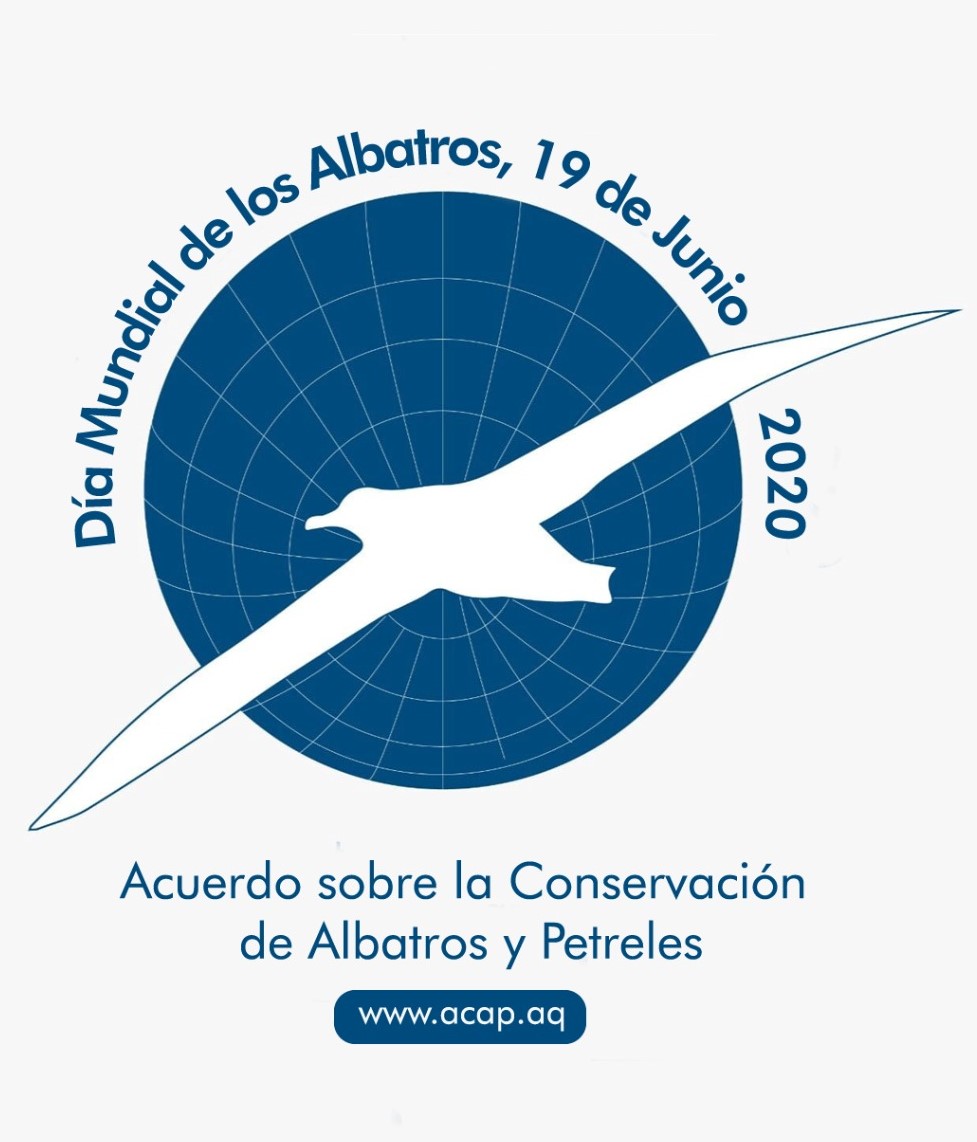
ATF Argentina continuará su trabajo, a pesar de las complejas circunstancias por las que estamos pasando. Al no poder llevarla al mar, hemos desplegado nuestra bandera del Día Mundial de los Albatros desde nuestros hogares. El 19 de junio nos uniremos para celebrar un día especial dedicado a estas increíbles aves y crear conciencia entre la población sobre la crisis de conservación que enfrentan, así como la importancia de protegerlas. Esperamos que pronto la situación de salud global muestre mejoras y que cada vez más personas puedan finalmente entender que somos solo una de las especies en nuestro planeta y que debemos vivir en equilibrio con todas los demás.
Agradecemos a Ángeles Sebastiano, Comunicación, Aves Argentinas y Nahuel Chavez, ATF Argentina por las fotografías.
Leandro Tamini, Aves Argentinas y Albatross Task Force - Argentina, con John Cooper, ACAP Information Officer, 07 de mayo de 2020
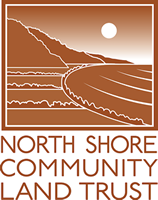
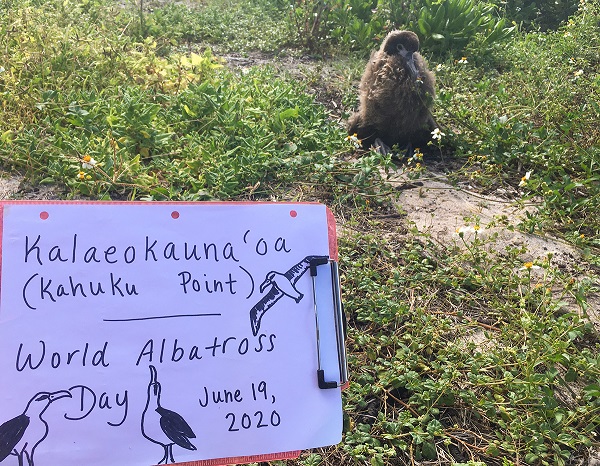

 English
English  Français
Français  Español
Español 